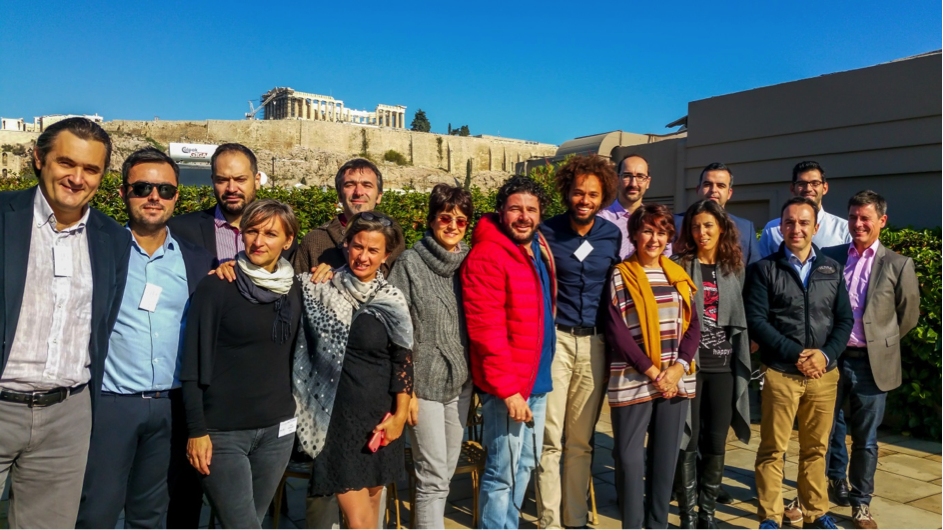Forecasting Europe’s water quality from space
Drinking water accounts for about 18% of the total fresh water abstractions in the European Union (EU). Providing safe and reliable drinking water to over 508 million inhabitants, places the water sector at the centre of environmental, social and economic decision-making.
Performance efficiency in water utilities has traditionally been associated with good water quality production and reliability, providing customers a continuous supply of safe and clear water. While our freshwater resources are already limited, they face additional and increasing pressures from drought, flooding, pollution, population growth, and competition from many uses, including ecosystem protection, drinking water, agriculture, energy production and recreation.
As water management evolves into an integrated evaluation of pressures and competing water needs, there is a growing need for all stakeholders involved, public and private, to optimise and adapt decision-making concerning water.
SPACE-O, a two-year project designed to address these issues was recently launched in Athens. An EU funded project, the Space Assisted Water Quality Forecasting Platform for Optimized Decision Making in Water, seeks to stimulate technology innovation, improve water supply, address environmental challenges and support EU policy implementation through a range of new products and services. In doing so it will generate business growth and promote sector-wide leadership.
Integrating state of the art Earth Observation (EO), in-situ monitoring with advanced hydrological water quality models, and ICT tools into a powerful decision support system, SPACE-O will generate near real-time, short- to medium-term forecasting of water flows and quality data in reservoirs to help optimise water treatment plant operations.
At the SPACE-O launch, consortium partners agreed on the action plan identifying the challenges and how to address these. The expectations of the project end-users demonstrated how the needs of water treatment plants vary greatly across the EU. Furthermore, under the framework and requirements of the EU’s Drinking Water Directive, the concept of risk assessment was adopted a useful approach in accordance with the needs of the project end users.
The next 6 months marks a fundamental period in determining the direction of the project. The consortium, which brings together partners covering a wide spectrum of expertise, such as EO, ICT, modelling, water treatment plant design, IWRM, from small and medium-sized enterprises, research institutes, water professionals associations and bulk water regulatory bodies, will be working together to respond to the challenges of drinking water supply in the EU.
For more information on SPACE-O, please contact Katharine Cross (Katharine.Cross@iwahq.org)
More information will soon be available on www.space-o.eu


